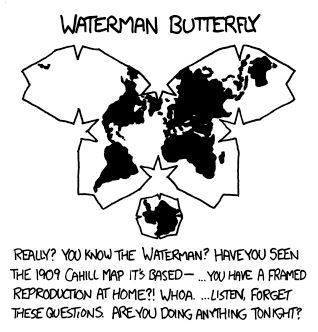

No, you can ignore that part. The image isn’t showing how to accurately draw a head onto a surface, it’s showing how this given head drawing would look in different projections.


No, you can ignore that part. The image isn’t showing how to accurately draw a head onto a surface, it’s showing how this given head drawing would look in different projections.


Wait. So there’s a tool that allows you to validate pyproject.toml files (since this file can be extended by any tool), and that somehow proves that dependency declarations in pyproject.toml are schemaless? They literally use a JSON Schema for validating exactly this: https://validate-pyproject.readthedocs.io/en/latest/json-schemas.html


I’m not sure what you’re talking about. My point was that dependency definitions in pyproject.toml aren’t schemaless.


Sure, but why is that a bad thing when you have lots of direct dependencies?


It’s not schemaless at all, it’s a dictionary of string to string. Not that complex.


You have a strange definition of “database”. Almost every language I touch on a daily basis (JS, Rust, C#) uses their package meta file to declare dependencies as well, yet none of those languages treat it as a “database”.
Yes, again, that’s the point.
It assumes the sphere projection is correct, and shows how each of the 2D projections isn’t correct. This isn’t hard.